The Subtle Signs That Your Pet Is Actually Jealous and How to Handle It
Pets don’t always express their feelings. Sometimes they act out in more subtle ways that are easy to overlook. Jealousy in animals can come off as clinginess, rivalry, or even sabotage. Spotting these subtle signs early helps ease tension and keeps things calm when attention is split at home.
Sudden Clinginess

Credit: Getty Images
A dog that normally lounges on its own might start shadowing you around the house, even to the bathroom. It’s a sign they’re unsure of their place in the pecking order and are trying to secure their bond with you.
Interrupting Interactions
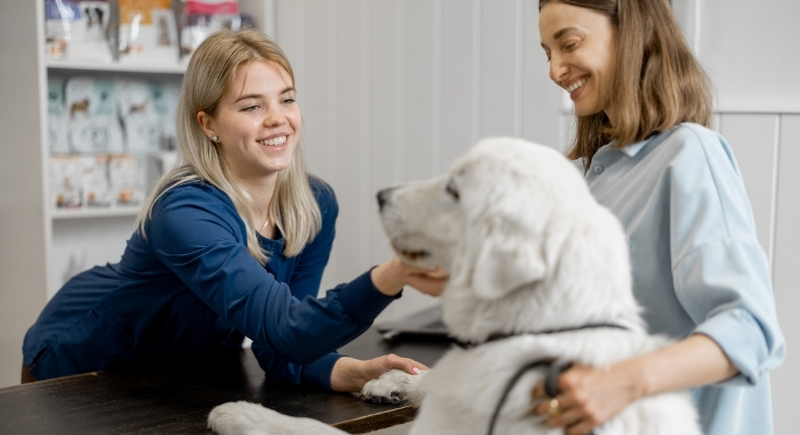
Credit: Canva
If your pet regularly plops down between you and someone else—human or animal—that’s not a coincidence. Dogs and cats both have a way of physically inserting themselves into situations where affection is being shared. It’s a classic jealous move, and while it might look funny, it shows your pet is feeling overlooked.
Attention-Seeking Tricks
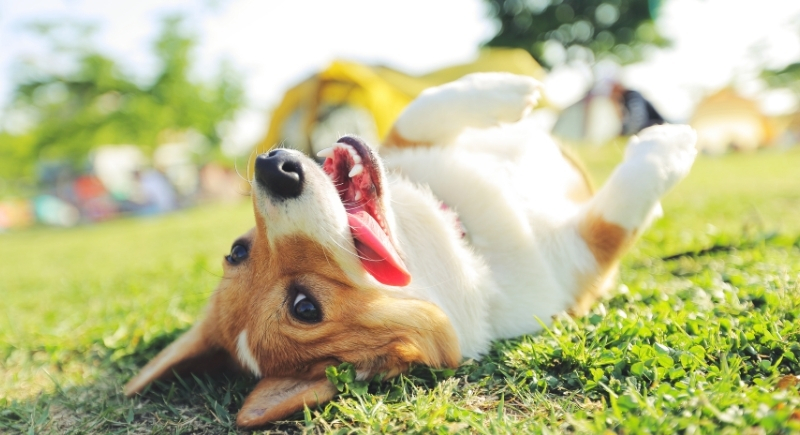
Credit: Getty Images
A dog may start running through its entire trick routine out of the blue, especially when another pet is present. Performing unprompted tricks like “sit,” “roll over,” or “shake” is their attempt to grab your focus. They’re banking on the fact that past performances earned rewards, and hoping it still works.
Sudden House Accidents
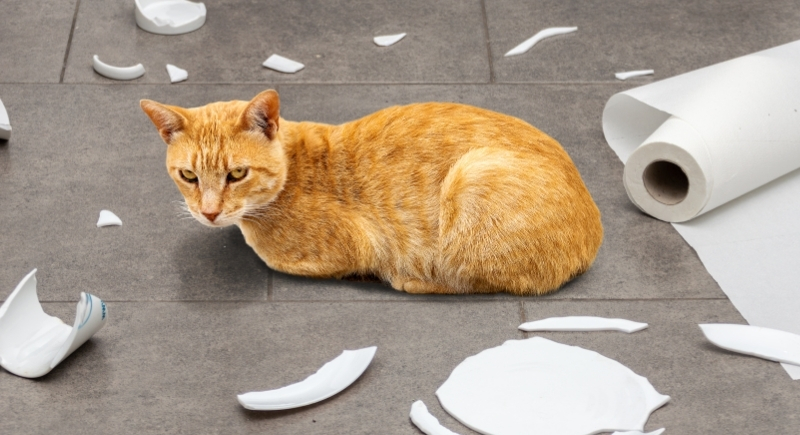
Credit: Getty Images
Jealousy can trigger stress, and that emotional strain can spill over into physical behavior. If there’s no medical reason, and the accidents happen during changes at home, it’s worth exploring whether a jealous streak or a medical cause is behind it.
Guarding Behaviors
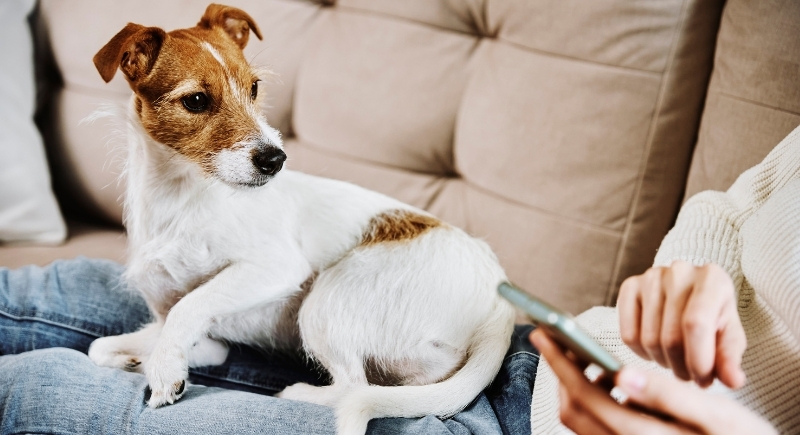
Credit: Canva
A jealous dog might suddenly start hovering near your chair or sitting in your lap longer than usual when someone else comes close. It’s a form of resource guarding, only the resource is your attention. This behavior can escalate, so it’s best to address it before it becomes a regular thing.
Vocal Outbursts
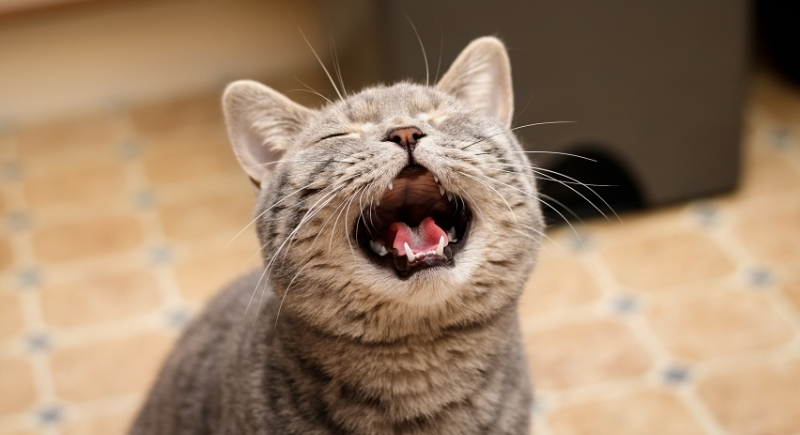
Credit: Getty Images
Extra barking, whining, or meowing that comes on when you’re focused elsewhere is like a vocal protest. Many pets resort to these vocalizations when they feel emotionally sidelined. They’re trying to pull your attention back, and even if it’s negative attention, it’s still attention to them.
Sulking
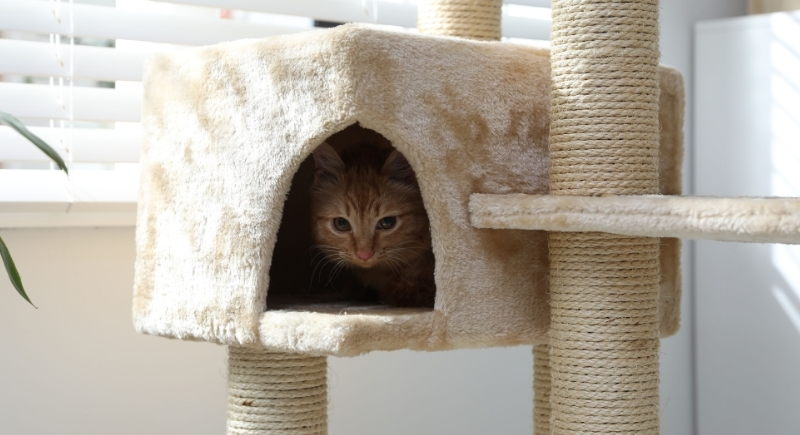
Credit: Canva
Rather than acting out, some pets retreat. A dog that suddenly prefers the hallway floor to your bed or a cat who won’t come out for dinner might be expressing emotional discomfort. This kind of distancing is easy to miss but can point to feelings of being replaced or left out.
Growling or Hissing at Newcomers
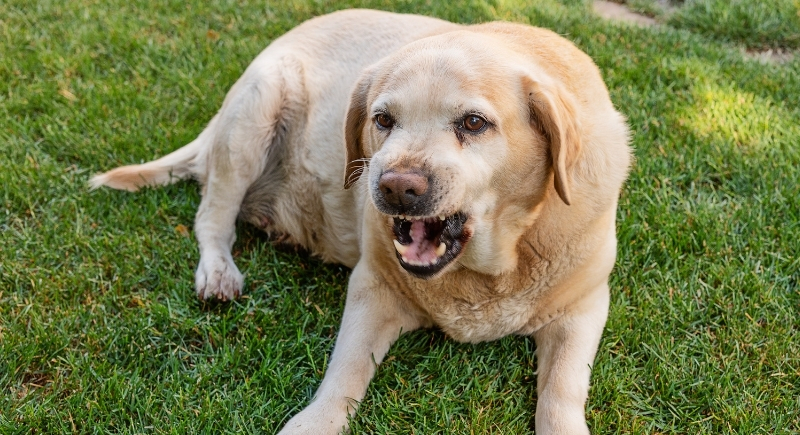
Credit: Getty Images
Aggressive vocalizations aimed at a new pet or even a visiting friend can sometimes be traced back to jealousy. Pets don’t always warm up instantly to changes in social dynamics. If the behavior spikes only during moments of shared attention, your pet might be struggling to adjust to sharing your affection.
Feigning Injury or Sadness
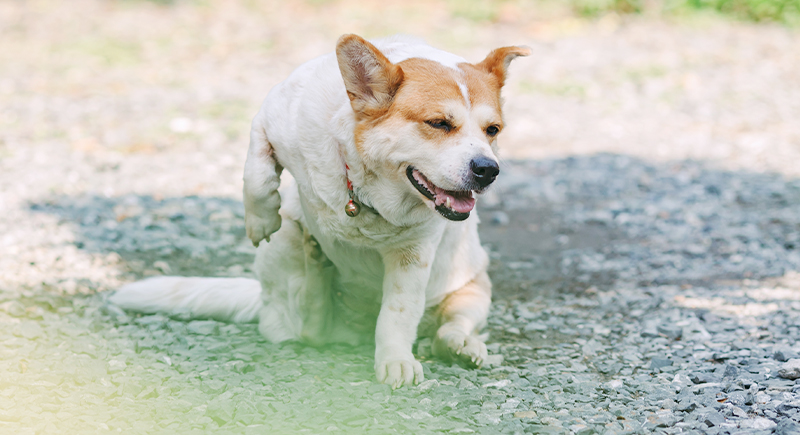
Credit: iStockphoto
Some dogs, in particular, learn that acting injured gets them extra attention. If your pet suddenly starts limping or whining for no clear reason—especially when you’re engaged with someone else—they might be faking vulnerability to pull your sympathy. It may seem dramatic, but it’s a learned behavior that gets results.
Begging for Treats They Don’t Usually Want
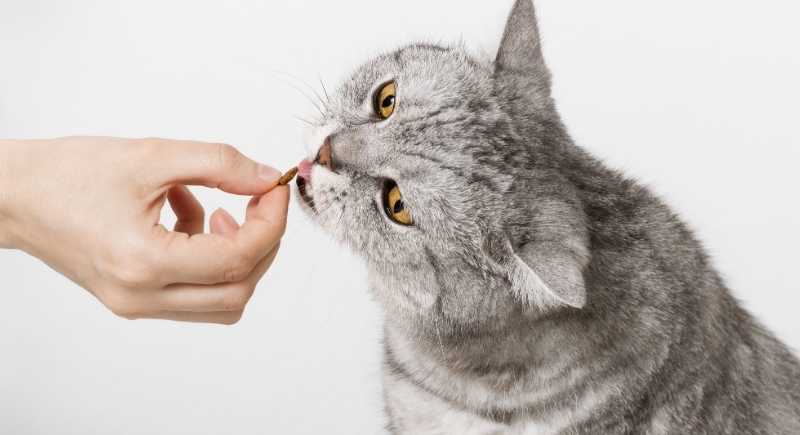
Credit: Canva
A dog that suddenly begs for broccoli or a cat that paws at food they usually ignore might not be hungry. Instead, they’re reacting to attention being given elsewhere. If another pet is getting snacks or praise, the jealous one may try to insert itself into the reward loop, even if the prize isn’t appealing.
Increased Grooming

Credit: Getty Images
Jealous pets, especially cats, may start over-grooming. That means more licking, chewing, or even pulling out fur. It’s usually a self-soothing behavior that surfaces when they feel anxious or insecure.
Avoiding the Rival
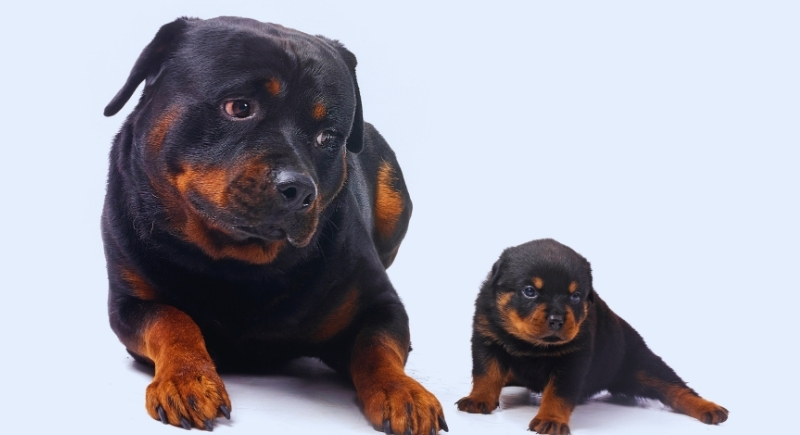
Credit: iStockphoto
Some pets opt for distance instead of aggression. If a pet starts exiting the room whenever a certain person enters or avoids contact with a new puppy, that passive behavior may be rooted in jealousy rather than dislike.
Hovering During Affectionate Moments
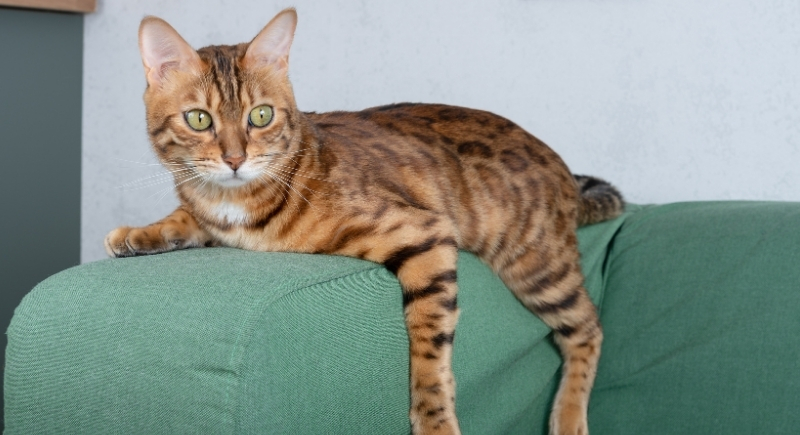
Credit: Canva
Pets hover nearby to watch closely. They keep their eyes focused and tail flicked, waiting to see if they’re invited in. This behavior often shows up during cuddles with another pet or romantic partner. It’s their way of saying, “I see what’s going on and I’m not thrilled.”
Acting Out Only When You’re Watching

Credit: Getty Images
One strange behavior linked to jealousy is selective mischief. Pets might only knock something over or chew a pillow when they know you’re watching. They’ve learned that misbehavior in your presence forces engagement. It may not be positive, but in their eyes, it breaks the attention drought.
Suddenly Ignoring You

Credit: pixabay
It may feel like a mood swing, but when your pet starts ignoring you, like refusing to come when called, turning their back, or walking away mid-pet, these cold behaviors are their way of expressing discontent.